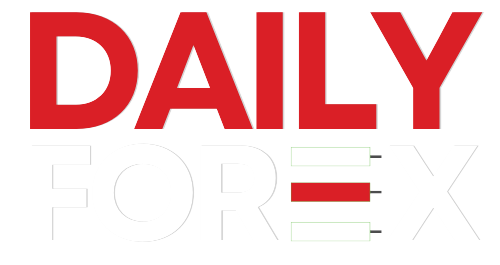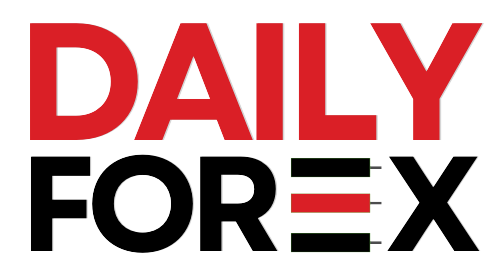Key Highlights:
- USD/JPY strengthens on improving Japanese sentiment, raising BoJ rate hike expectations.
- AUD/USD sensitive to Australian housing activity and China’s economic policy support.
- US Producer Price Index data may shift Fed rate cut odds, impacting both currency pairs.
Japanese Yen Outlook: BoJ Policy Bets Grow Amid Tankan Boost and Trade Jitters
The Japanese Yen (JPY) showed resilience early Wednesday after the Reuters Tankan Index rose to 7 in July, up from 6 in June, signaling steady private-sector confidence despite looming trade risks. The result could strengthen expectations of a Bank of Japan rate hike in 2025, especially after Q2 Tankan surveys highlighted stable manufacturing optimism, with the large manufacturers’ index ticking up to 13.
However, challenges persist. Non-manufacturers expressed growing concerns over labor costs and weaker domestic demand, reflected by a dip in their index to 34. Yet, with Japan facing a potential 25% US tariff starting August 1, further developments on trade talks will play a key role in shaping market sentiment and the direction of the USD/JPY pair.
USD/JPY Technical Setup and Fed Catalyst Ahead
Focus now shifts to US Producer Price Index (PPI) data, expected to show a 2.5% YoY rise in June. A softer reading could fuel speculation of a September Fed rate cut, weakening the US Dollar and pulling USD/JPY down toward its 200-day and possibly 50-day EMAs. However, stronger-than-expected data may reinforce a hawkish stance from the Fed, pushing USD/JPY toward the key resistance zone at 149.35.
USD/JPY Trading Scenarios:
- Bearish: Progress in US-Japan trade negotiations, soft US data, and hawkish BoJ sentiment may drag the pair toward key support.
- Bullish: Escalating trade tensions, sticky inflation, and dovish BoJ signals could lift USD/JPY toward 149.35 and above.
Australian Dollar Outlook: Housing Sector and China Policy in Spotlight
The Australian Dollar (AUD) remains reactive to domestic housing data and China’s economic signals. Building activity trends, such as dwelling commencements and approvals, are critical for gauging housing inflation, a major component of Australia’s CPI. A fall in housing starts may drive rents higher, complicating the Reserve Bank of Australia’s (RBA) rate decision.
RBA Governor Michele Bullock flagged building costs and durable goods inflation as drivers of the recent rate cut delay. Analysts, including AMP’s Shane Oliver, noted that although buyer sentiment has improved, it remains below long-term averages—suggesting fragility in the real estate sector.
AUD/USD Key Drivers and Forecast Scenarios
The Aussie could also be influenced by Beijing’s next moves. A lack of new stimulus measures or weakening Chinese economic indicators may weigh on AUD/USD. Conversely, more fiscal support from China could lift commodity demand and boost the AUD.
AUD/USD Trading Scenarios:
- Bearish: Sluggish building data, rising trade tensions, or muted Chinese support may pull AUD/USD toward the $0.65 level.
- Bullish: Stronger housing data or new Chinese stimulus may lift the pair toward $0.66.
Later today, the US PPI report will be the next key data point for AUD/USD, influencing rate differentials. A stronger-than-expected reading could favor the US Dollar, pushing AUD/USD lower. A weaker print would support Aussie bulls.
Conclusion: Watching Rate Bets and Trade Policy Developments
Market participants should remain focused on:
- USD/JPY: Japan’s macro indicators, US inflation trends, BoJ outlook, and US-Japan tariff headlines.
- AUD/USD: Aussie housing data, Fed pricing, China’s policy actions, and broader trade dynamics.
Both pairs are at critical junctures, with data releases and central bank commentary likely to drive volatility in the days ahead.
Stay Updated with Daily Forex Pakistan.




